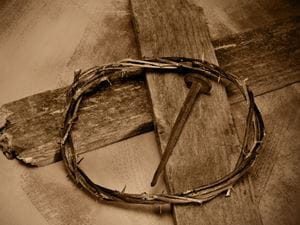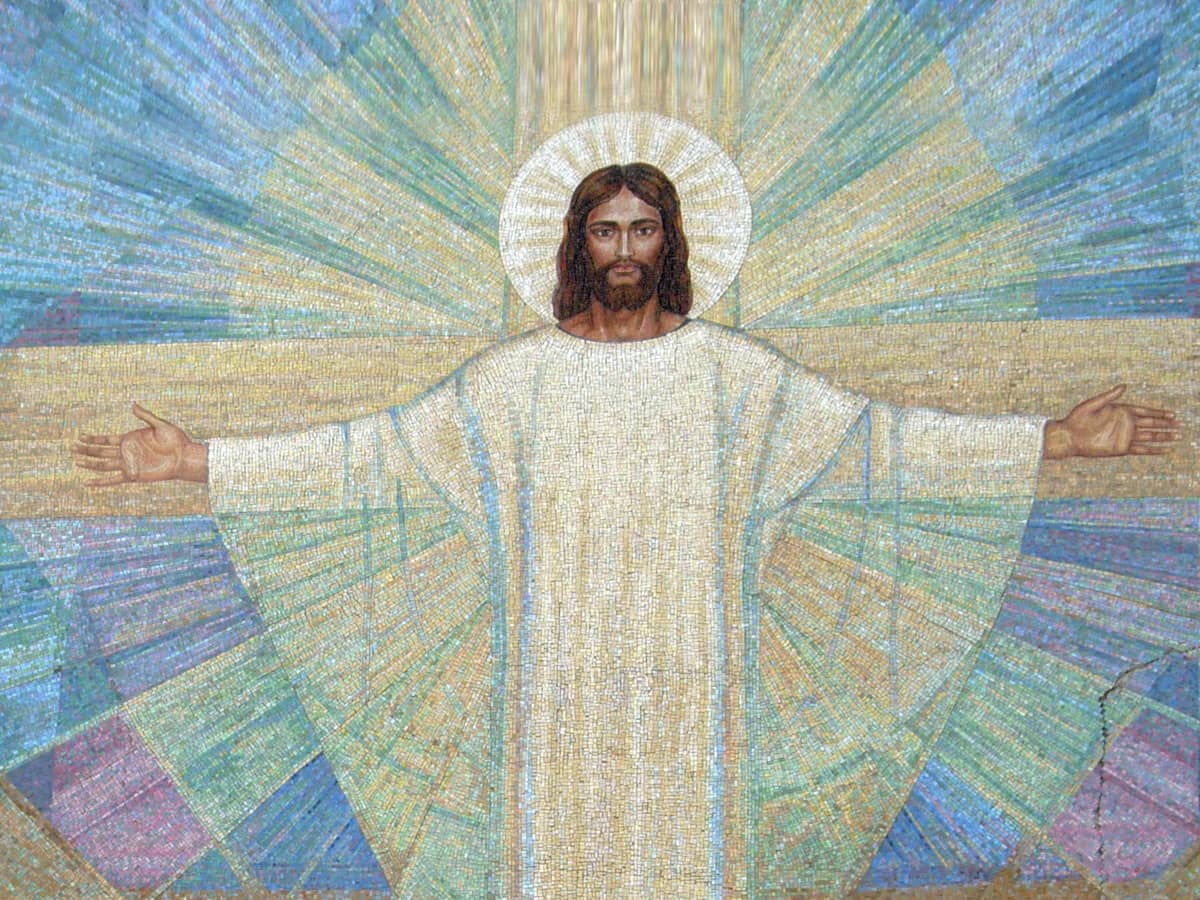
Shutterstock.com
Early Christianity was not a monolith. In fact, in many ways it was even more divided than Christianity today. Early Christians had to deal with the struggles of hashing out the liturgical rules and theological framework that Christians today live by unconsciously. Someone had to declare that Sunday was the Sabbath instead of sharing it with the Jewish Shabbat on Saturdays. Someone had to nail down which books would be part of the Bible. Someone else had to decide the order in which those books would be arranged in. These things were not easy decisions either. Early Christianity was filled with heated debates where the stakes were nothing less than how to teach the next generation to achieve salvation. Religious and theological debates could rage for decades, and the victors defined a religion for centuries to come. Here are six of the most important early Christian debates.
Circumcision
Male circumcision was one of the first debates to ignite in the early Christian community. Some early Christian leaders believed that Christians should follow the Law of Moses like the Jews. Others felt that Christians had no need to follow the Law. This debate has been solved for centuries, and it may seem strange to some Christians today to think that some Christians followed the Jewish Law. The debate over the Law, however, nearly tore the early Church apart.This debate is often associated with the Jewish tradition of male circumcision because that was the flashpoint for the debate. The idea that circumcised and uncircumcised Christians were eating together was baffling to some and horrified some early Christian leaders. To these leaders, uncircumcised Christians were little better than pagans. The debate was eventually resolved, and Christians were told they did not have to keep to the Law.
Had the debate been resolved the other way, it is possible that the Church would never have grown to reach the size it has today. Many Gentiles, after all, found the many restrictions of the Law too cumbersome, and they did not understand why one thing was permitted but not another. Gentiles would likely not have converted in the numbers they did, and Christianity may have remained little more than a sect of Judaism rather than a religion that became a force of nature.
Lapsed Christians
The first through third centuries were not good times to be a Christian. Christians were horribly persecuted, and many Christians apostatized to avoid a torturous death. Many others, however, refused to renounce their faith and were martyred.When Constantine converted to Christianity in 312 A.D., he ended the persecution of Christians. The terrified Christians were able to step out of the shadows and begin to worship openly. The question, however, was what to do with those who had caved to Roman pressure and renounced Christ. Should these apostates be welcomed back into the Church or should they be expelled forever? Did allowing the apostates to return cheapen the sacrifice of the martyrs? Did it set a poor example and set the precedent of accepting such a serious sin? Lapsed Christians were eventually allowed back into the Church, but not everyone was happy about the decision.
Defining Christianity
The First Ecumenical Council was called by Constantine to Nicaea in part to determine what, exactly, being a Christian meant. At the time, there were many different Christianities throughout the Roman Empire. Gnosticism and Arianism were prevalent, and Arianism was growing steadily. These sects had very different beliefs from what would come to be called Orthodox Christianity, but all were accepted by outsiders as “Christianity.” In order to assist converts such as Constantine himself, the First Ecumenical Council worked to lay down a basic code of Christian beliefs in a single, easily memorized creed. The beliefs the Council focused on still form the core of Christianity today. Though the creed would be added to and further redefined over the centuries, the basic creed of the First Ecumenical Council still survives in today’s Nicene Creed.Biblical Canon
There are many different forms of the Christian Bible today. Some contain only the New Testament while others contain numerous footnotes with references to historical events. Protestant Bibles only have 66 books, Catholic Bibles have 73 books and the Ethiopian Orthodox Tewahedo Church uses a Bible with 81 books. This does not even begin to take into account the dozens of different translations of the Scriptures. What passes for biblical canon today, however, is miles better than it was in the early centuries of Christianity.There are dozens of books that did not end up being included in the final canon. Some of these were preserved by stubborn Christians anyway and survive today as the Apocryphal Books. Other books are still being discovered in ancient caches.
Biblical canon changed repeatedly over the centuries, and one could argue that the canonization process is still not complete. The sheer number of different Bibles in existence certainly invalidates the idea that there is a single biblical canon followed by all Christians. After all, hand a Catholic a Protestant Bible, and the Catholic will wonder why someone removed Tobit from the book. Meanwhile, a Protestant who reads a Catholic Bible will be confused about why there are books about people named Baruch and Judith.
Christ’s Nature
The Church would eventually split in two over the question of Christ’s divine and human natures. One group, the monophysites, argued that Christ’s divine nature was what really mattered. The other group, the dyophysites, claimed that Christ’s human and divine natures were equally important. The debate over this raged for more than a century and eventually split Christianity in half. Monophysites and dyophysites went their separate ways. Monophysites would form the Armenian Church, the Coptic Church of Egypt and the Ethiopian Church while dyophysites would go on to give rise to the Orthodox, Catholic and various Protestant churches.Art
Given how many paintings and statues were inspired by Christianity, it can be hard for modern Christians to believe that art was once a serious point of contention among early Christians. Some early Christians, however, felt that art depicting Christ, the saints or other religious figures could lead to idol worship. This debate grew into enough of a conflict that an ecumenical council was finally called to settle the matter. The Second Council of Nicaea declared that religious art was acceptable so long as it was never worshiped.Christianity was never the perfect union that so many Christians seem to believe it once was. From the beginning Christianity has been defined by fierce debates and vehemently opposed viewpoints. The religion, however, has endured. After all, no matter how much brothers and sisters may argue, they are still family.

